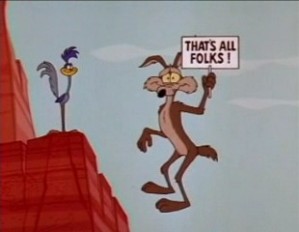“The writer is an explorer: every step is an advance into a new land.” – Ralph Waldo Emerson
I’m a sucker for a good-looking book, and this one’s a beauty, with an appealing cover, gorgeous illustrations, eye-friendly layout and lots of thought-provoking quotes peppered throughout. Even the paper stock is sexy – all cream-coloured and heavy. Mmmm. But I digress…
Peter Turchi is an author, scholar and teacher based in North Carolina. I’ve not read his fiction, but this non-fiction book is bursting with ideas about the connections between mapping and writing.
Here’s a snapshot:
> Just as maps use certain devices to help orientate us geographically, literature draws on comparable tricks to help us make sense of the world, and our place in it.
> Writing has two stages: exploration and presentation. At some point, the author switches from “Explorer” to “Guide”. That ole chestnut about taking the reader on a journey gets a brief mention, but hey, it’s apt.
> In marking the empty page, the author heads off into the unknown. To me, this uncertainty is part of the joy and anxiety of writing. Like Turchi, I suspect that if you plan too far ahead – “map the world of a story” too fully before you start “exploring” it – you can get either hedged in, or overwhelmed by the terrain. (He’s talking literary fiction here: screenplays, and certain genre works, might require more prior mapping, as their formulae are usually more rigid.)
> Gaps matter: a story must omit certain information, draw on white space and well-placed silences. These blanks, akin to blind spots on a map, are essential in fiction. They “help create the illusion that the reader is seeing only a glimpse of a much larger fictional world”. They also leave space for the reader’s own imagination to come into play.
> On the power of leaving stuff out, and revealing tempting glimpses, Turchi writes: “Our desire for shape, combined with our desire for surprise, explains not only the importance of careful selection but also the power of fragments.”
> Constraints are vital. A story is a kind of map, writes Turchi, in that it “evokes a world”. And like maps, stories are shaped not only by imagination, projection and distortion, but also by constraints.
Remember the Road Runner cartoons? Hand-drawn by the brilliant animator Chuck Jones, these much-loved vignettes were exercises in constraint, variations on a winning formula. Jones had ten strict rules that shaped Wile E. Coyote and Roadrunner’s world. Here’s a sample: Rule 1: The Road Runner cannot harm the coyote except by going “beep-beep!”; Rule 3: The coyote could stop anytime – if he were not a fanatic (Repeat: “A fanatic is one who doubles his effort when he has forgotten his aim.” – George Santayana); Rule 8: Whenever possible, make gravity the coyote’s greatest enemy.
> “Realism” is a clever trick, one Turchi likens to “perspective”, a visual distortion invented/discovered around 600 years ago: when we draw a road vanishing into the distance, to make it look “real”, we make the lines meet at the horizon. But in truth, of course, parallel lines do no such thing. Realist fiction performs a similar stunt: “Far from being ‘natural’ or ‘straightforward’, realistic works may be among the most deceptive, as they go to great lengths, heights and widths to conceal their geometric underpinning.”
> This book covers much more ground than I’ve sketched out here, but I’ll close with two quotes I like, which appear near the end:
“Everybody knows what a house does, how it encloses space and makes connections between one enclosed space and another and presents what is outside in a new way. This is the nearest I can come to explaining what a story does for me, and what I want my stories to do for other people.” – Alice Munro
“Fiction’s geometry is what allows us to build ladders from the world we live in to the worlds we imagine.” – Peter Turchi
Turchi, Peter (2004). Maps of the Imagination: The Writer as Cartographer. Trinity University Press, San Antonio, Texas.




Leave a comment